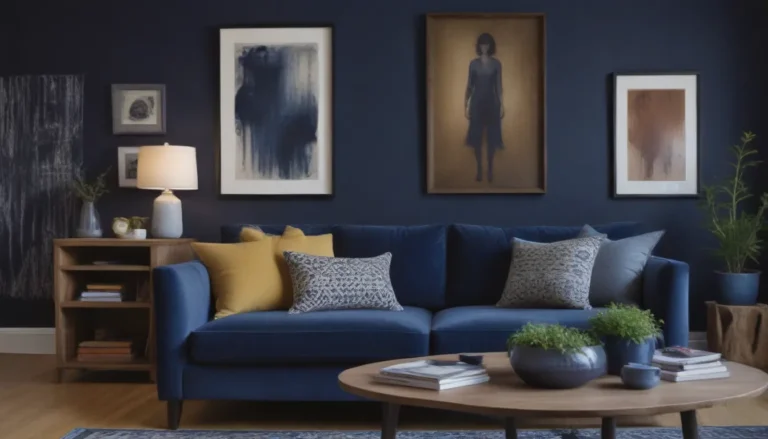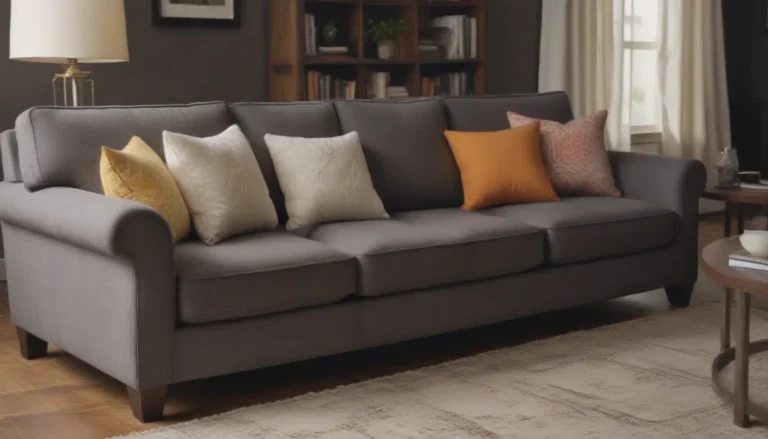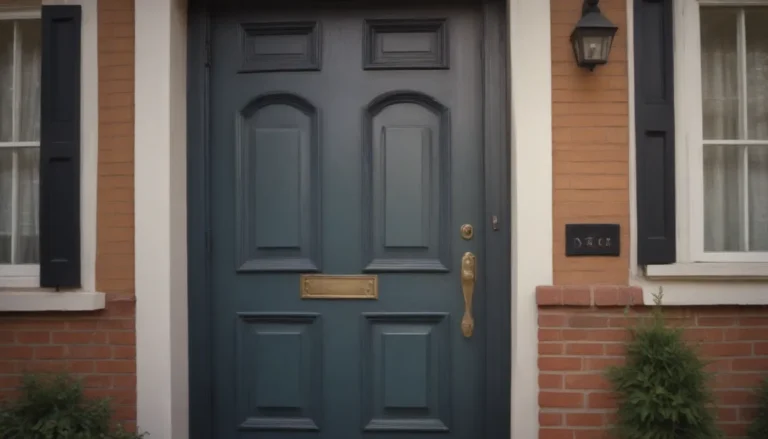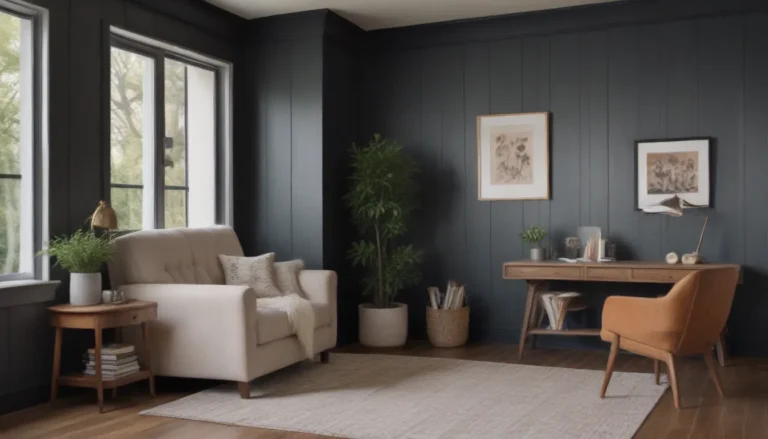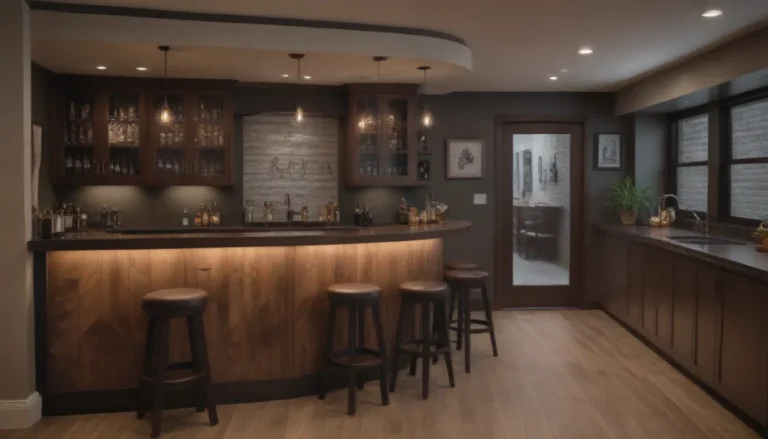Embracing Industrial Chic Style: A Comprehensive Guide
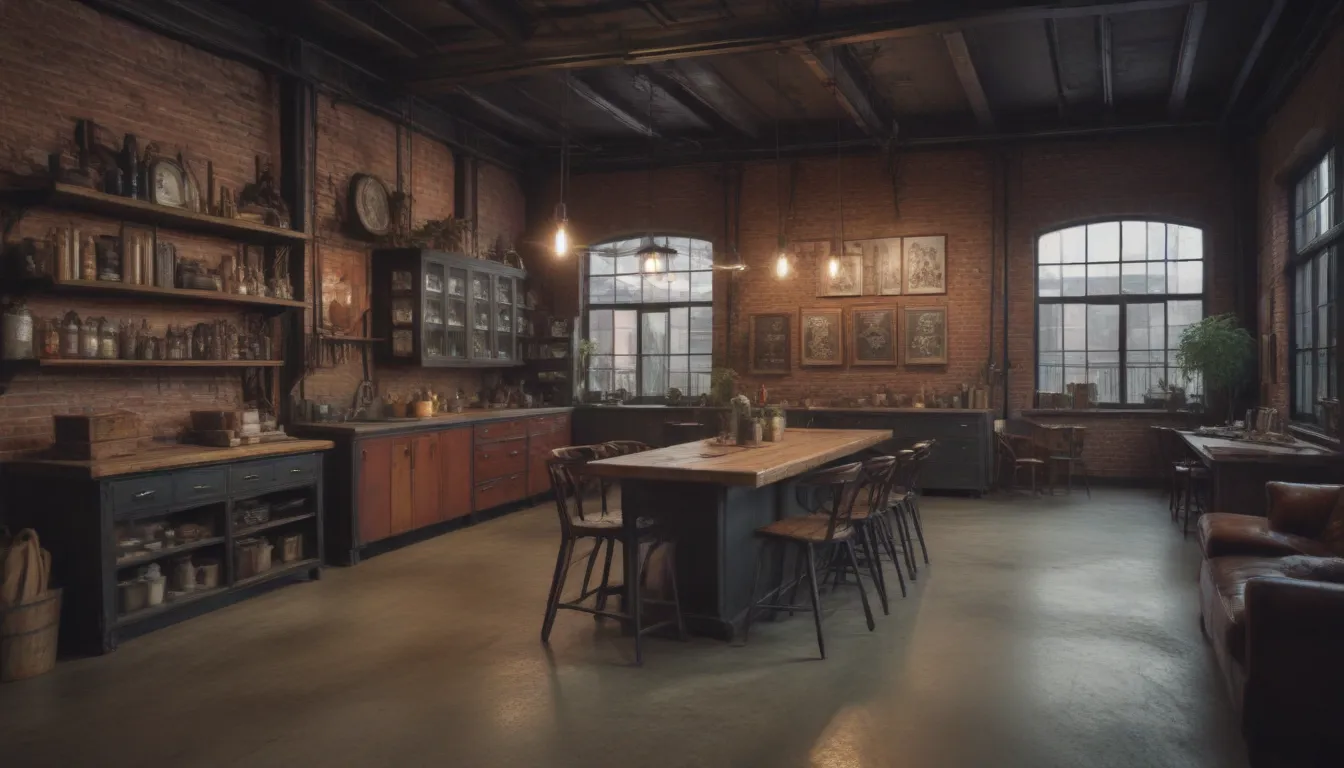
Industrial chic style has become a popular trend in interior design, characterized by its raw elements and factory-inspired beginnings. Whether you live in a downtown loft or simply appreciate the aesthetic, there are numerous ways to incorporate this unique style into your existing space. In this in-depth guide, we will explore the origins of industrial design, key characteristics that define it, and provide valuable decorating tips to help you embrace this distinctive look.
Understanding Industrial Design’s Origins
To truly appreciate industrial chic style, it’s essential to understand its historical roots. Industrial design gained popularity as historic commercial buildings and factories were converted into residential spaces due to the increasing populations in large metropolitan cities. According to designer Jessica Davis, this transformation was a natural process driven by the need for creative solutions in urban development. Artists such as Andy Warhol played a significant role in popularizing loft-living by converting old warehouses into creative spaces where they lived and worked. This association between industrial spaces and contemporary art helped shape the aesthetic of industrial design as we know it today.
Key Characteristics of Industrial Chic Style
Industrial design is characterized by its emphasis on raw materials such as wood, metal, and concrete. Marcel Breuer’s Cesca chair in the early 20th century exemplifies this focus on utilizing factory-made materials in furniture design. The aesthetic of industrial style is defined by its boldness in exposing architectural and mechanical details, such as bricks, beams, ducts, and pipes. Unlike traditional designs that strive to conceal these elements, industrial chic embraces them as integral parts of the overall aesthetic.
Decorating Tips for Embracing Industrial Chic Style
When it comes to decorating in industrial chic style, there are several key tips to keep in mind. Designer Alex Nino emphasizes the importance of embracing the structural and systemic elements of a space rather than trying to hide them. This approach not only saves money but also aligns with environmentally friendly principles by repurposing time-worn materials. For a kitchen designed in an industrial style, Nino recommends opting for neutral backsplash tiles that complement other industrial materials like metal, wood, and concrete. Thin countertops and wide base cabinets can further enhance the minimalistic look synonymous with industrial design.
Incorporating texture is essential when working with neutral hues, as highlighted by designer Eilyn Jimenez. Alternating textures in monochromatic color palettes can create a timeless and inviting atmosphere in any space. To introduce industrial elements into a room without exposed brick and beams, focus on decluttering and selecting antiqued metal pieces as accent pieces. Adding black metals, leather, and weathered wood can elevate the industrial chic style to the next level.
Mixing styles is also encouraged in industrial design. Designer Annie Elliott suggests incorporating pieces from other styles to soften the overall look. By blending industrial elements with classic, glam, or bohemian accents, you can create a unique and personalized space that reflects your individual style.
Final Thoughts
Embracing industrial chic style is a creative way to infuse your space with character and charm. By understanding the origins and key characteristics of industrial design, as well as implementing practical decorating tips, you can transform your home into a stylish and inviting sanctuary. Whether you live in a loft or a traditional home, industrial chic style offers a versatile and timeless aesthetic that can be tailored to suit your personal preferences. So, don’t be afraid to experiment with industrial elements and create a space that truly resonates with your unique sense of style.
